The tiny airport, beloved for its retro look and super-fast check-in times, will now remain in operation until November, airport boss Lütke Daldrup told a press conference.
Maintaining traffic at Tegel will “enable us to create the necessary space” to adhere to social distancing measures imposed as part of the battle against COVID-19, Daldrup said.
READ ALSO: Berlin's Tegel airport to close in mid-June amid drop in passenger numbers
Germany announced Wednesday that it will lift its travel warning for European countries, with flights to popular holiday destinations set to resume from mid-June.
Berlin's city government had announced on May 20th that Tegel would be shut down on June 15th for at least two months due to the coronavirus outbreak and may never reopen.
But the airport will now remain in use until November 8th, bridging the gap to the planned opening of Berlin's new international airport known as BER.
More flights expected
Daldrup had previously stressed several times that he would “not carelessly” close Tegel Airport prematurely if money could be made there – a case which now seems to be coming true.
Due to the rapid opening of the neighbouring countries for tourists and business travellers, the airlines now expect a quick revival of air traffic.
In April and May, only one percent of normal operations had been measured in Tegel. This small number of about a dozen flights a day would have been taken over by the old GDR airport Schönefeld (in the immediate vicinity of the new BER).
However, the capacities there will not be sufficient as air traffic increases, as only one third of the usual number of passengers can be handled there due to the social distance rules in the wake of the corona restrictions, said Daldrup.
The summer holidays in Berlin and Brandenburg will begin in three weeks.
A rarity
Tegel's colourful history as a location for aviation dates back to the early 20th century when a Prussian airship battalion was based there. The first hangar was constructed over a hundred years ago in 1906.
It played a crucial role in breaking the Russian blockade on West Berlin in 1948 and welcomed its first commercial flight at the start of the 1960s, a moment that marked it out over Tempelhof as the main landing station in the city's west.
Reachable from most parts of the city with a regular bus ticket, the airport is something of a rarity in western Europe – an inner city airport with connections to destinations across the continent.
But with the multi-billion euro BER airport set to open almost a decade behind schedule at the end of October, Tegel's last chapter could well have now been written.
READ ALSO: 'No risks' ahead of Berlin Brandenburg (BER) airport opening in October 2020
BER was planned in the 1990s and construction began in 2006.
It was originally to open in 2011 but the date has been repeatedly pushed back over a series of issues, including fire safety.
The airport is intended to replace both Tegel and Schönefeld.
In anticipation of the new BER airport, not much money was invested in Tegel despite the nine-year construction delays there. Many of the facilities are therefore no longer in good condition.

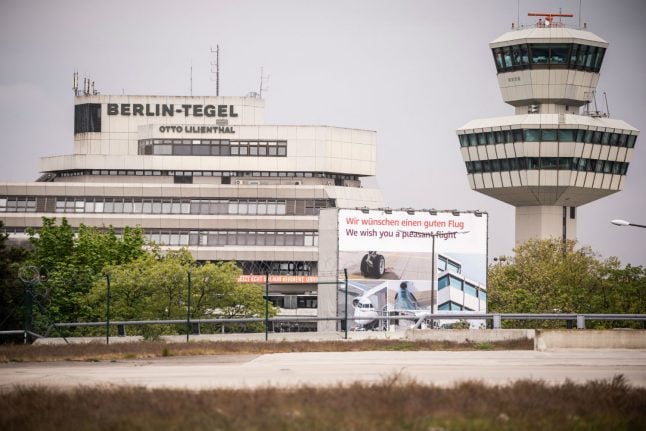
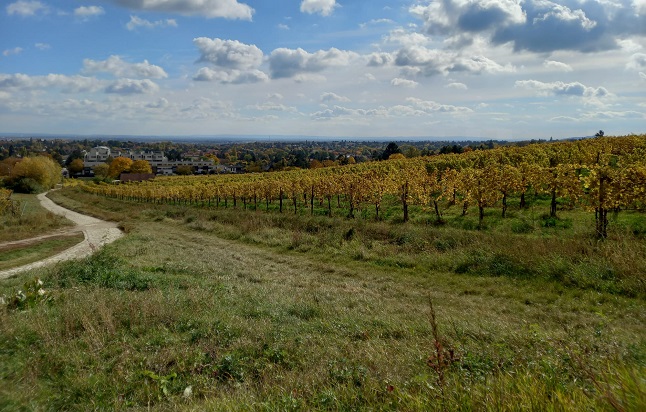
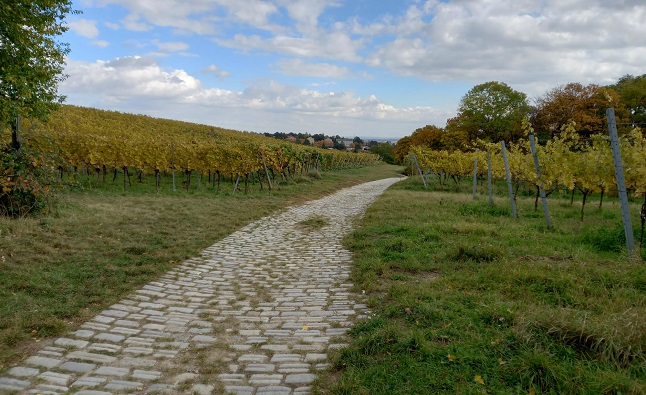
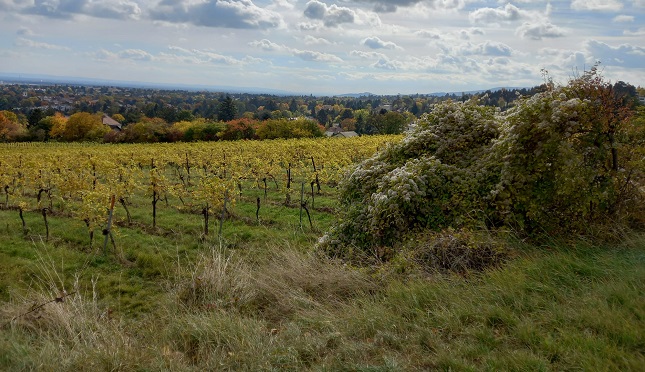

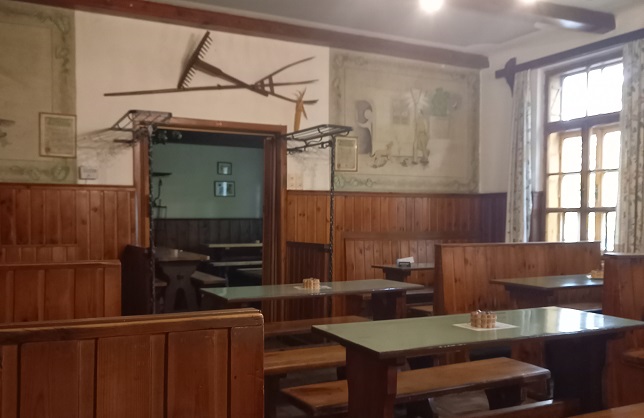
 Please whitelist us to continue reading.
Please whitelist us to continue reading.
Member comments